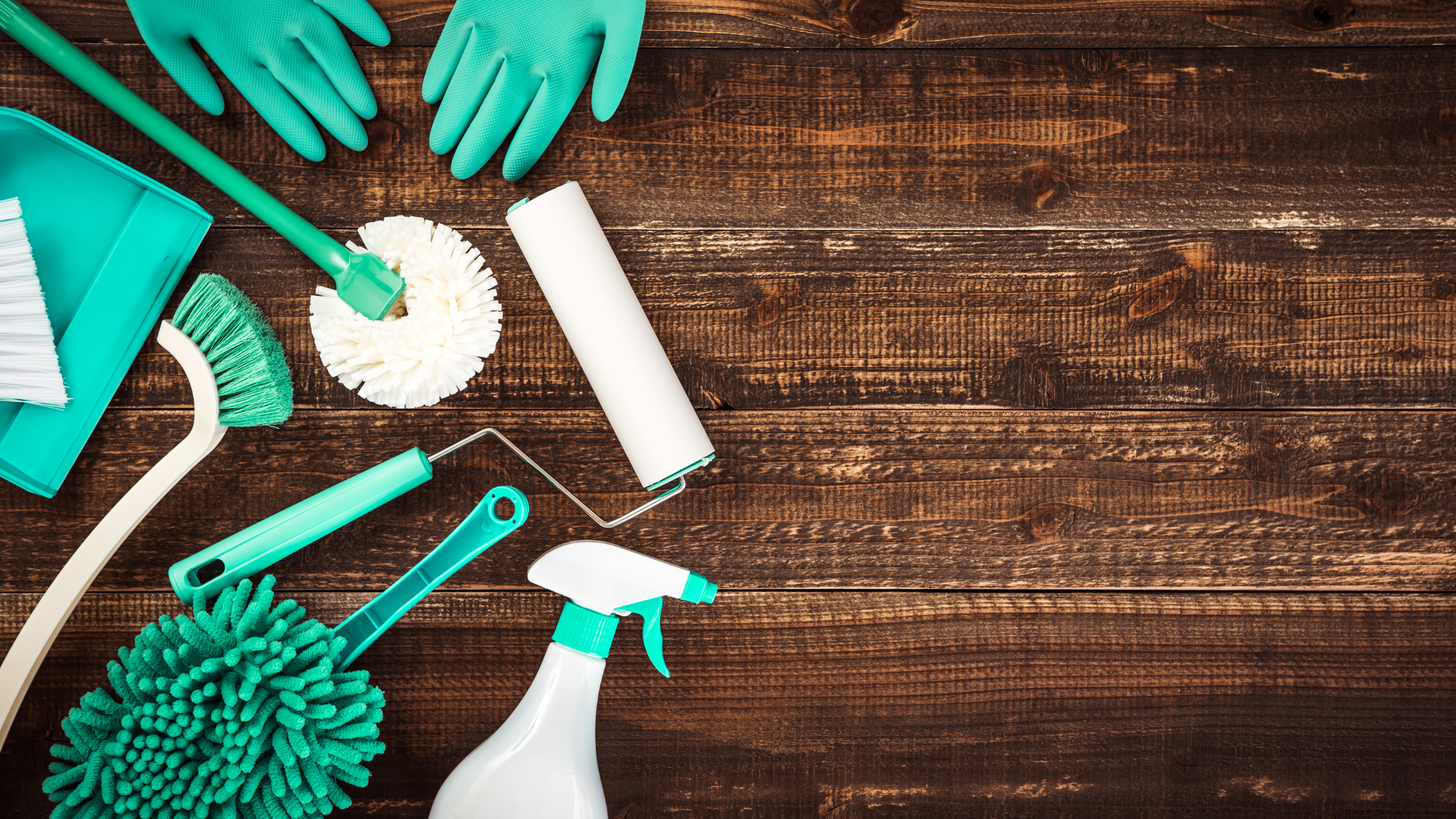
- April 4, 2012
- Katlin Owens
Eat, Sleep, Drive: How clean is your cabin?
Source: Home Food Safety
How safe is your cabin?
Academy of Nutrition and Dietetics/Conagra Foods offer tips to keep sponges, towels, cloths and surfaces safe.
Handwashing may be rule No. 1 when it comes to keeping your family safe from foodborne illness – but, if kitchen tools and surfaces aren’t clean, too, they can spread germs just as easily as your hands.
According to a new survey conducted by the Academy of Nutrition and Dietetics and the ConAgra Foods Foundation, dishcloths (64 percent) and sponges (47 percent) are the cleaning tools of choice for most Americans. But, when it comes to keeping kitchen tools clean, most of us are still a little “wet behind the ears.”
Follow these tips from the Academy of Nutrition and Dietetics and the Conagra Foods Foundation...
- Sanitize your sponges. When it comes to cleaning sponges, many of us (40 percent) just rinse them with water – a method not sufficient to remove harmful bacteria that may be lurking inside.
- Remember to pay close attention to what the sponge was used to wipe up. For instance, if it was a drip from raw meat, it’s necessary to clean the sponge before using it a second time around.
- To keep sponges safe, make sure they are cleaned properly.
Choose one of the following methods to keep them from contaminating the surfaces you are trying to clean:
- Let the machine do the washing. Wash your sponges frequently by throwing them in the HOT cycle of your washing machine or in the dishwasher.
- Use a simple solution. Sanitize sponges in a chlorine bleach solution using one teaspoon of bleach added to one quart of water – then rinse thoroughly before using again. Note, a new bleach solution should be made fresh for each use – once diluted, bleach breaks down quickly.
- Know when to call it quits. Nearly one in four of us (21 percent) keep sponges until they look dirty or smell bad, while 17 percent wait until sponges fall apart before throwing them out. Another 18 percent say they typically keep their kitchen sponges for three to four weeks, while a few (8 percent) keep them a month or longer. A damp, smelly dishtowel/cloth or sponge is a sure sign that unsafe bacteria are inside. Replace worn sponges frequently—don’t wait until they’re falling apart to get a new one.
- Start a new cycle. While the majority of us (61 percent) clean our dishtowels and cloths in the washing machine – make sure you are selecting the proper cycle. Bacteria live and grow in damp, warm conditions, so wash dishtowels and dishcloths frequently in the HOT cycle of your washing machine and dry thoroughly on a high setting.
- Diversify. Try using separate dishtowels/cloths for different tasks: one for drying clean hands and one for wiping off the counter. Different colored towels can help keep them straight, i.e., blue for hands, green for the counter. Also remember to frequently clean all kitchen surfaces, including appliances, countertops, refrigerator doors and handles with hot, soapy water.
Academy of Nutrition and Dietetics/ConAgra Foods Foundation survey conducted by Impulse Research, July 2004.
Leave Your Comment
Many desktop publish packages web page editors now use model text
search for sites their infancy.